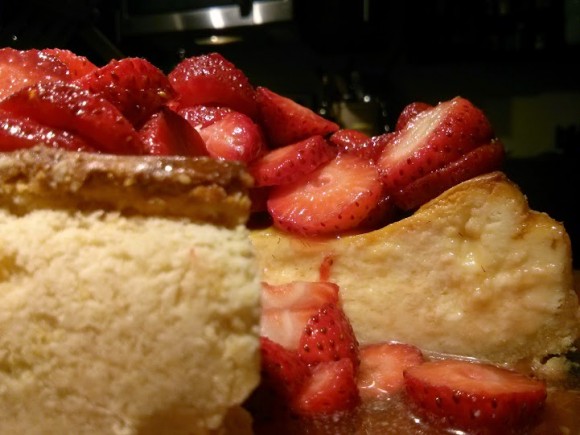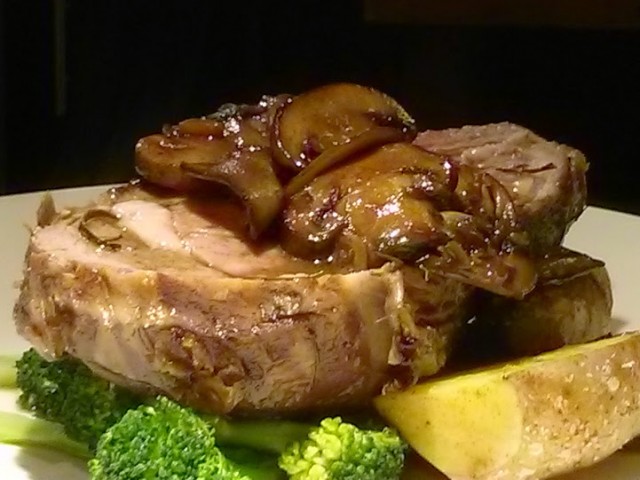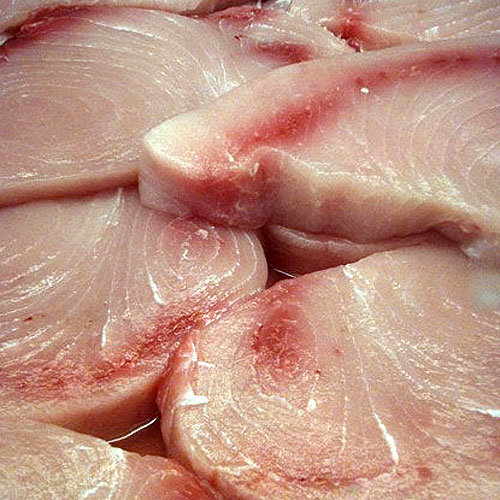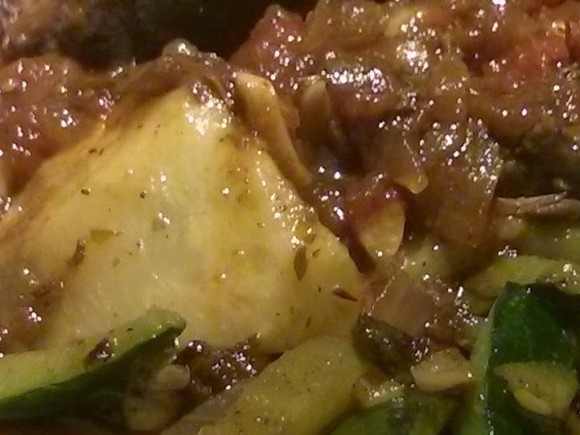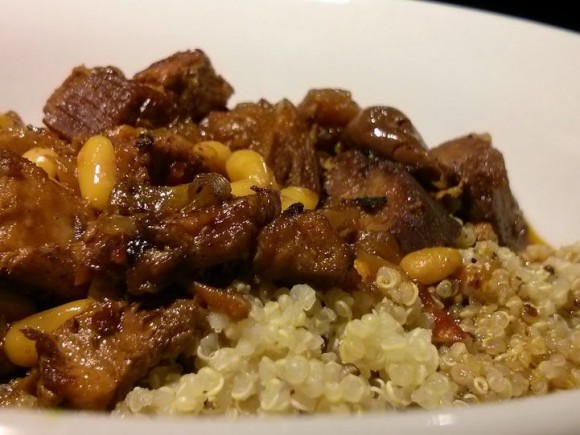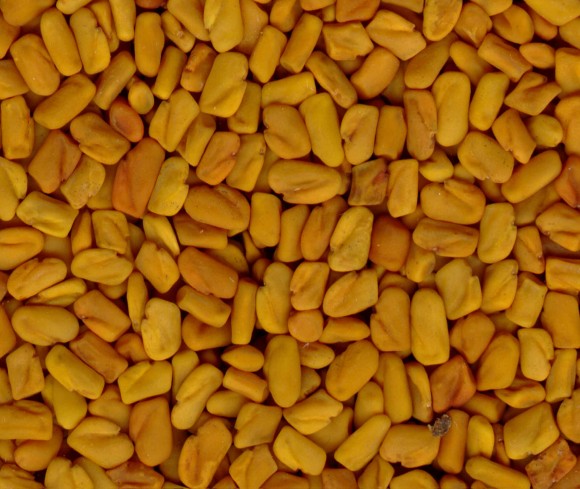 Join me at Columbia Tower Club for “Women Stars of Food and Wine”, Sunday, February 8! My table will have a couple of your favorites, Bacon! and Wine!!
Join me at Columbia Tower Club for “Women Stars of Food and Wine”, Sunday, February 8! My table will have a couple of your favorites, Bacon! and Wine!!
Fearless Feast is offering an amuse bouche featuring Gluten Free Rosemary and Sea Salt Shortbread (Yes! Gluten Free!!) topped with cardamom scented Pear, Pickled Celery and my famous Bacon Brittle with Laphroaig 10 year Single Malt Scotch. The shortbread recipe follows, below.
I will be joined by Kelly Hightower offering her amazing wines! Her 2011 Hightower Red Mountain Merlot is predicted to pair beautifully with my featured culinary creation.
Tickets are still available at the door! For more information, go to: http://www.wfalliance.org/events/
To Make Chef Celinda’s Gluten Free Shortbread ~
2 C Red Mill’s 1 to 1 Gluten Free baking flour
1/2 C granulated sugar
1/2 tsp fleur de sel
2 Sticks unsalted butter, cubed
1 Egg Yolk
1 tsp real Vanilla extract
2 tsp minced rosemary, or other herb, as desired
Additional sea salt. For the featured dish, I used apple smoked sea salt to finish. This corresponded with the flavors of the bacon brittle.
Mix the sugar, fleur de sel, and rosemary until combined. Now mix in the butter. Once incorporated, add the flour. Mix for 30 seconds then add the egg yolk and vanilla. Mix until a dough forms. Wrap in wax paper and chill in fridge for 30 minutes.
Once chilled, roll out the dough. For the delicate ‘vehicles’ featured, I rolled mine to 1/8 inch and cut them into 1″ squares. For more traditional cookies, 1/4 inch thickness is recommended. Use your imagination or a favorite cookie cutter for shapes!
Place the cut pieces on a parchment paper lined baking sheet. They don’t need more then a tiny bit of space between them. They won’t spread. Once you have the tray filled, place it in the refrigerator. I know… just do it! Preheat your conventional oven to 350 degree.
Your cookies should be adequately chilled in about 15 minutes. Place the tray in the oven. For my thin cookies, I only needed to cook for 15 minutes. Thicker cookies may take a few minutes more. Watch your oven. You want them to just barely be beginning to color. Upon removal from the oven, immediately sprinkle them with desired sea salt.
Leave the cookies on the tray until fully cooled, then carefully place them on a platter, or serving tray. note: these will hold beautifully for a couple days if sealed up. To do so, place wax or parchment paper between layers, to protect them.
Shortbread is a highly versatile base for pretty much anything you can come up with. Use them, as I have, as a savory component. Or, dream up sweet accompaniments. For dessert options, modify or leave out, the fresh herb. Lavender and Lemon Zest would make simple but exquisite treats when sprinkled with a bit of fleur de sel and a dusting of powdered sugar. However you serve them, family, friends, snobs or country folk; everyone loves these melt in your mouth pastries!
See you Sunday!! Chef Celinda
